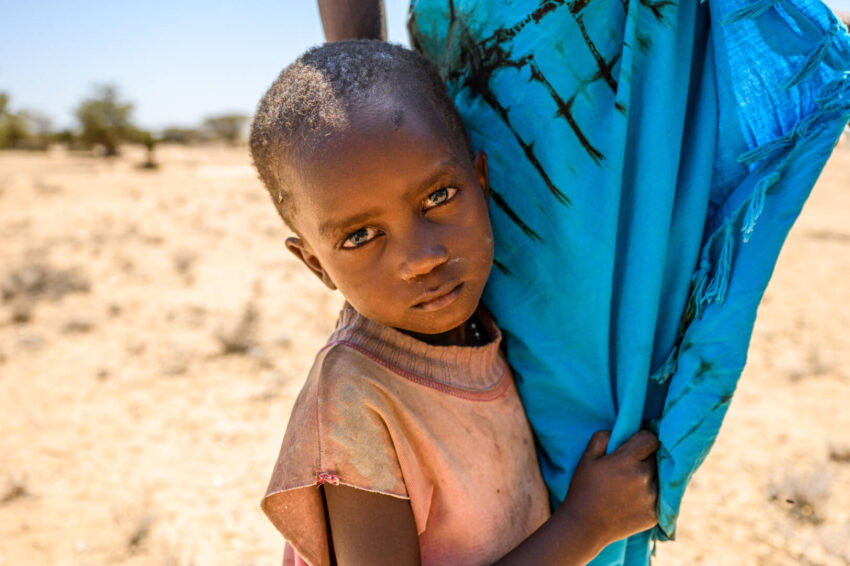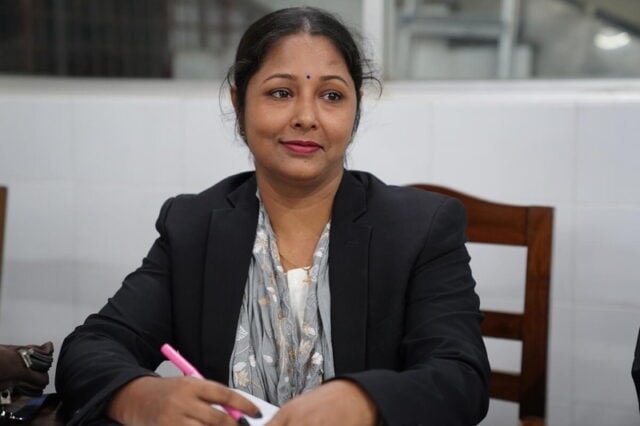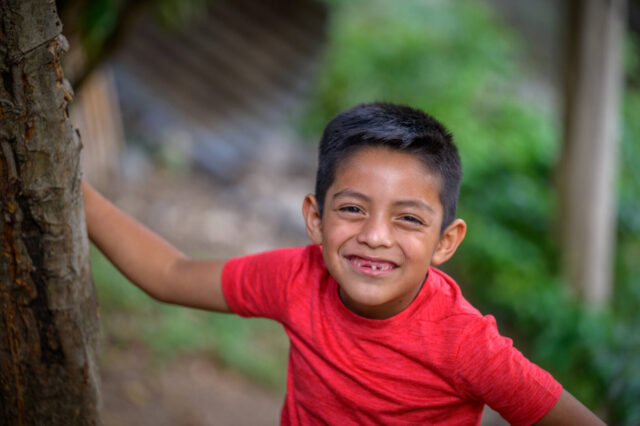Global poverty is one of the most urgent issues facing our world today, affecting 9.2% of the population. While some parts of the world have made progress in reducing poverty levels, the COVID-19 pandemic, ongoing conflict, and natural disasters have slowed progress toward the United Nations’ Sustainable Development Goals (SDG) for eliminating extreme poverty by 2030.
World Vision is committed to putting an end to extreme poverty. We aim to achieve this by targeting the root causes through our sustainable initiatives and laying the foundation for every child to experience Jesus’ promise of life in all its fullness (John 10:10). Despite the challenges involved in eradicating poverty on a global scale, especially in unstable regions, World Vision believes that we can make real progress.
FAQs: What you need to know about global poverty
Explore facts and FAQs, and learn how you can help end it.
- Fast facts: Global poverty
- What is poverty?
- How many people are in poverty in the world?
- What is extreme poverty?
- What are absolute poverty and relative poverty?
- What is multidimensional poverty?
- What is a poverty line, and how are poverty lines calculated?
- Is the poverty line the same in every country?
- What is the international poverty line?
- What is the poverty line in the United States?
- What are the causes of global poverty?
- What is the cycle of poverty?
- How can we break the cycle of extreme poverty?
- What progress has been made in reducing poverty?
- What are the Sustainable Development Goals?
- How is World Vision helping end extreme poverty?
- How can I help end extreme poverty?
- History of the eradication of poverty
Fast facts: Global poverty
- 719 million people — 9.2% of the world’s population — are living on less than $2.15 a day.
- Children and youth account for two-thirds of the world’s poor, and women represent a majority in most regions.
- Extreme poverty is largely concentrated in sub-Saharan Africa.
- 24% of the world’s population, which equates to 1.9 billion people, live in fragile contexts, characterized by impoverished conditions and dire circumstances.
- By 2030, more than half of the world’s poor will live in fragile contexts.
- About 63% of people older than 15 who live in extreme poverty have no schooling or only some basic education.
- 1.2 billion people in 111 developing countries live in multidimensional poverty, accounting for 19% of the world’s population.
- 593 million children are experiencing multidimensional poverty.
- Over 37 million people were living in poverty in the U.S. in 2021. Children account for 11.1 million of those.
Learn what the Bible says about poverty.
What is poverty?
Poverty is a state of deprivation in which people or communities lack access to resources and basic necessities needed to live a healthy and dignified life.
Living in poverty means not being able to afford medical care or access to basics such as electricity, shelter, and food. Improper nutrition can cause stunting and wasting, permanently impacting children’s development. Poverty in countries lacking access to clean water and sanitation leads to the spread of preventable diseases and unnecessary deaths, particularly of children.
Historically, poverty has been calculated based on a person’s income and how much they can buy. Still, new multidimensional measures consider holistic factors impacting people’s quality of life.
And children living in poverty often face obstacles to accessing quality education, which can perpetuate the cycle of poverty from one generation to the next.
How many people are in poverty in the world?
According to the World Bank, about 9.2% of the world, or 719 million people, live on less than $2.15 a day.
In the United States, 11.6% of the population — 37.9 million people — lived in poverty as of 2021.
These numbers are calculated based on income and a person’s ability to meet basic needs. However, when looking beyond income to people experiencing deprivations in health, education, and living standards, 1.2 billion people in 111 developing countries are multidimensionally poor, according to a 2022 U.N. Development Programme report.
What is extreme poverty?
The World Bank has defined extreme poverty as people living on less than $2.15 a day, measured using the international poverty line. But extreme it is not only about low income; it’s also about what people can or cannot afford.
Extreme poverty is identified in two ways: absolute poverty and relative poverty.
What are absolute poverty and relative poverty?
Absolute poverty is when a person cannot afford the basics, such as food, shelter, and clothing.
Relative poverty is a household income below a certain percentage, typically 50% or 60%, of that country’s median income. This measurement takes into consideration the subjective cost of participating in everyday life. For example, plumbing is a necessity in some places; without plumbing, a person could be considered impoverished. But, in other regions, plumbing is a luxury. Relative poverty is helpful for considering income inequality within a country.
What is multidimensional poverty?
Multidimensional poverty acknowledges that poverty isn’t solely about income. Even if a person’s income is above the poverty line, their family may still not have basic services such as electricity, access to clean water, sanitation, and education.
The Global Multidimensional Poverty Index, developed in 2010 by the U.N. Development Programme and the Oxford Poverty and Human Development Initiative, takes into account a person’s healthcare, education, and living standards when measuring poverty levels.
The index considers 10 key indicators: nutrition, child mortality, years of schooling, school attendance, cooking fuel, sanitation, drinking water, electricity, housing, and assets. If a person is experiencing deprivation in three or more of these standards, they’re considered multidimensionally poor. This approach to measuring poverty offers insights into specific interventions needed in each country to eliminate it.

How is poverty measured?
Poverty is measured by each country’s government, which gathers data through household surveys of their own population. While entities like the World Bank may provide support and conduct their own surveys, the primary responsibility lies with each country. However, traditional data collection methods can be slow and time-consuming. New forms of high-frequency surveys using estimates and mobile phone technology are being developed and tested.
What is a poverty line, and how are poverty lines calculated?
A poverty line, also called a poverty threshold, is a set amount of income below which it becomes difficult, if not impossible, for people to afford essentials like food and shelter. Each country determines its poverty line by calculating the cost of meeting minimum needs. Households with incomes below this line are considered to be living in poverty.
The international poverty line is the standard measure used to gauge poverty levels. However, new methods such as the Global Multidimensional Poverty Index also consider factors like the lack of access to healthcare, quality education, adequate nutrition, sanitation, and living standards — all as potential signs of poverty.
Is the poverty line the same in every country?
No, the poverty line is not the same in every country. Different countries use various methods to calculate their poverty lines based on their unique economic and social circumstances.
What is the international poverty line?
The international poverty line, recently updated to $2.15 a day to show more accurately the cost of basic items and to adjust for inflation, is the universal standard for measuring global poverty. This line helps measure the number of people living in extreme poverty and helps compare poverty levels between countries.
As the cost of living increases, poverty lines increase too. Since 1990, the international poverty line has risen from $1 a day, to $1.25 daily, and in 2015 to $1.90. The figure rose from $1.90 to $2.15 in September 2022. This means that $2.15 is necessary to buy what $1 could in 1990.
In addition to the lowest-income poverty line at $2.15, the World Bank also reports poverty rates using two new international poverty lines: a lower middle-income line at $3.65 a day and an upper middle-income line at $6.85 a day.
What is the poverty line in the United States?
In the U.S., the poverty line is $30,000 a year for a family of four. This means that families who earn less than that cannot afford rent, food, or other basic needs. The poverty line for an individual in the U.S. is $14,580 a year, or about $56 per day. This poverty guideline is calculated based on information from the Census Bureau and is updated by evaluating recent price changes using the Consumer Price Index.
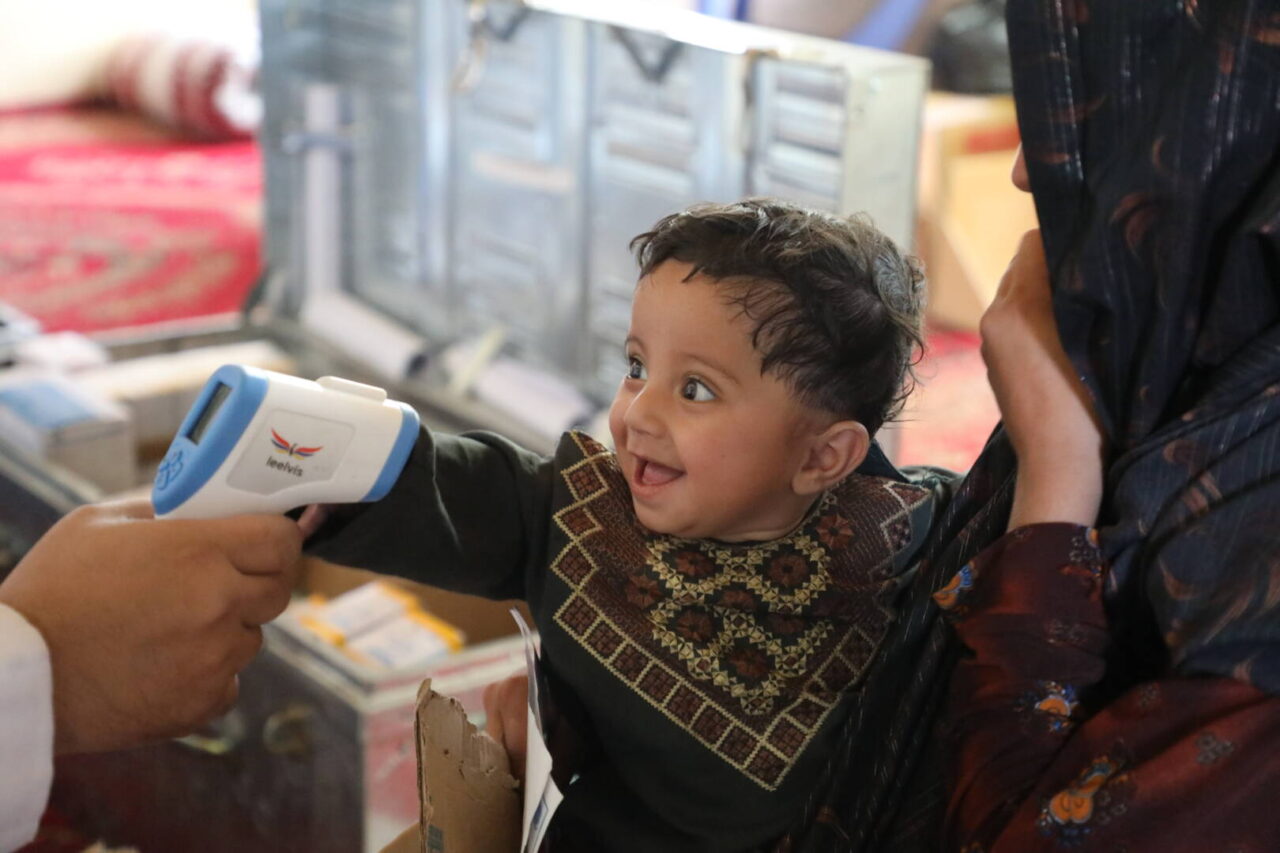
What are the causes of global poverty?
Poverty has multiple root causes beyond just a lack of basic necessities like food, shelter, education, or healthcare. Discrimination based on gender or ethnicity, poor governance, conflict, exploitation, and domestic violence are all factors that contribute to this. These inequities trap people and communities in poverty, and limit access to social services that could help people overcome it.
Fragile contexts, which can be entire countries or regions, tend to be the most entrenched. Political instability, past or present conflicts, corrupt leaders, and poor infrastructure limit access to necessities people need to thrive.
What is the cycle of poverty?
Poverty can be a trap that is difficult to escape. Without opportunities for clean water, healthcare, education, and financial resources, it can turn into a cycle that persists for generations.
When families lack the means to send their children to school, their children struggle to earn an income as adults. Communities lacking access to clean water force women and girls to spend many hours gathering water daily, leaving little time for school or a livelihood. Lack of nearby medical facilities makes families lose income when they must take time off work to care for sick loved ones.
Natural disasters and conflict can exacerbate this cycle, putting vulnerable communities at greater risk. When natural disasters strike in areas without strong public institutions, families may lack the resources to recover, thus further entrenching them in poverty.
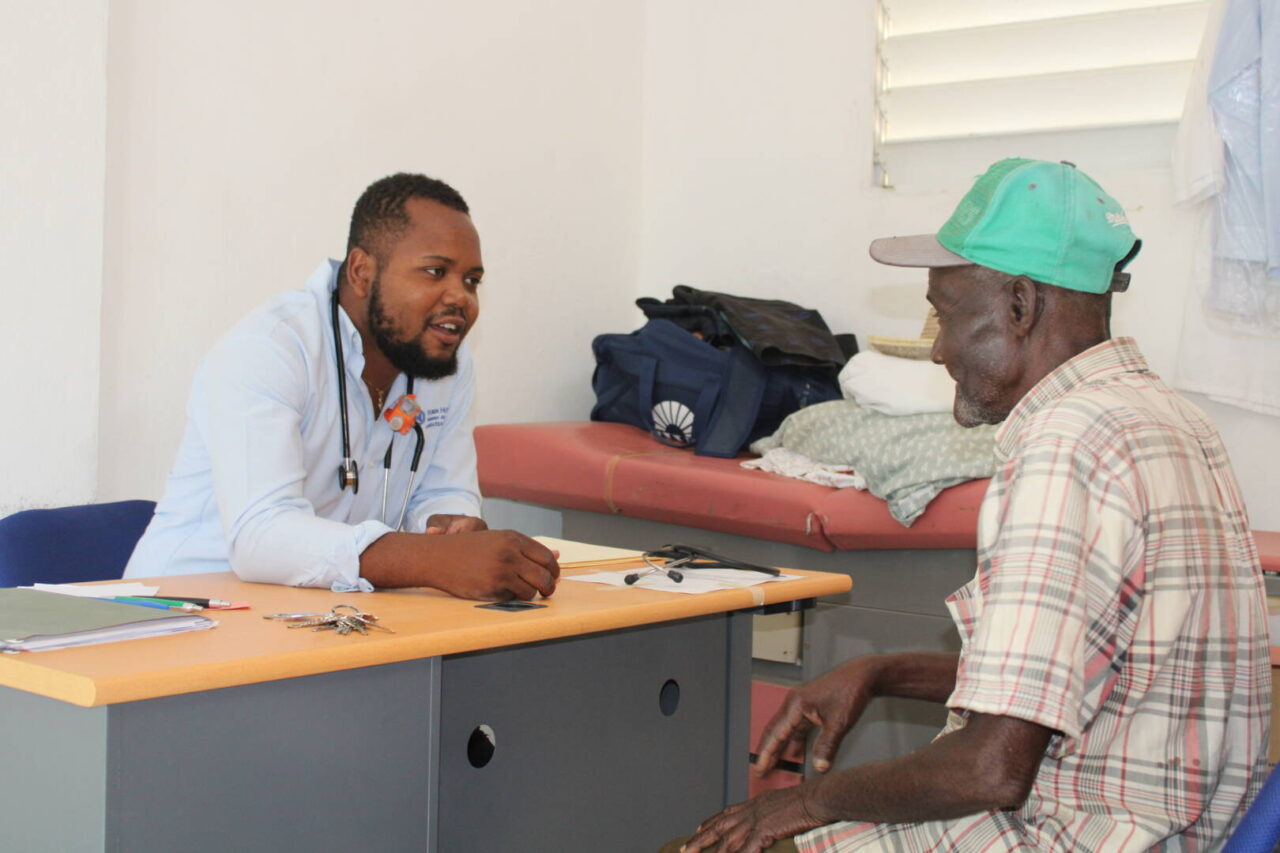
Read more about a Haitian doctor’s investment in his community, thanks to World Vision sponsorship.
How can we break the cycle of extreme poverty?
To break the cycle of poverty, we need to tackle its root causes, including economic inequality; lack of access to education, healthcare, and infrastructure; and discrimination. Identifying what’s causing poverty in a particular community can equip people to determine what needs to change. Because it looks different in various places and is caused by different factors, the work to eradicate extreme poverty varies on the context.
World Vision helps identify a community’s unique needs and develop sustainable solutions to overcome poverty’s root causes. Through our sponsorship program, donors come alongside vulnerable children and families, empowering them with pathways to education, access to healthcare, and other essentials.
To end extreme poverty by 2030, the U.N. estimates that it would take about $350 billion per year in funding beyond work already happening.
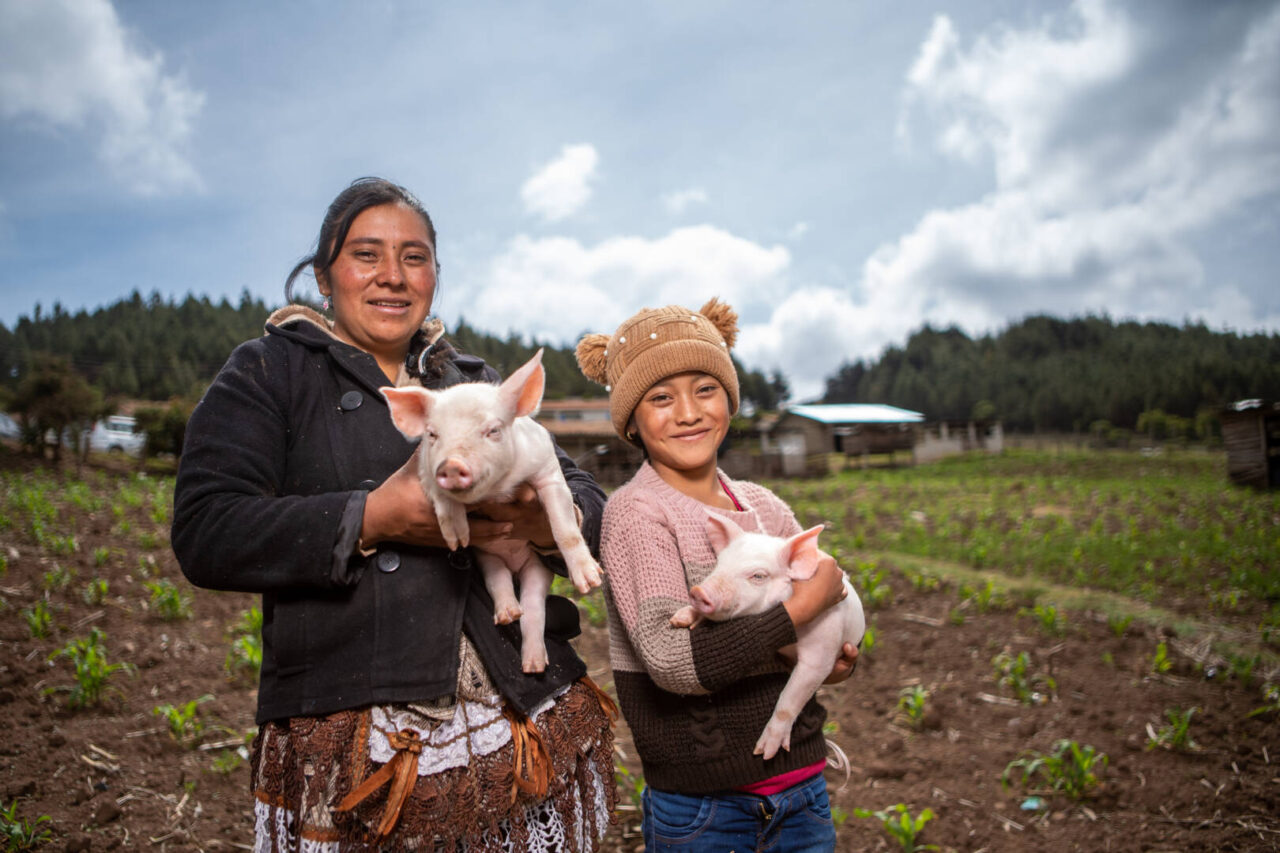
Read how pigs are helping transform a family’s future in Guatemala.
What progress has been made in reducing global poverty?
The world has made significant progress in reducing global poverty over the past few decades, according to the World Bank. In 1990, 1.9 billion people lived in extreme poverty, representing 36% of the world’s population. By 2019, this number had fallen to 9.2% — about 703 million people. However, the COVID-19 pandemic has had a profound impact on the global economy, leading to widespread job losses, business closures, and supply chain disruptions. This has threatened to reverse years of progress made in curbing extreme poverty and income inequalities worldwide.
What are the Sustainable Development Goals?
The Sustainable Development Goals (SDGs) are a global plan for countries to work together to improve the well-being of people, protect the planet, and promote prosperity. The SDGs aim to end extreme poverty for everyone and reduce it in all its forms by at least 50% by 2030. Adopted in September 2015 by the United Nations, the SDGs are a call to action for a better world.

How is World Vision helping end extreme poverty?
Today, World Vision continues to work toward ending extreme poverty by addressing its root causes and implementing sustainable solutions. Recognizing the complex nature of poverty, we focus on key areas such as access to nutritious food, clean water, healthcare, quality education, economic empowerment, gender equality, disability inclusion, spiritual nurture, disaster relief, and child protection.
With over 70 years of experience, World Vision is committed to creating a better future for every child, where they can experience the fullness of life promised by Jesus in John 10:10.
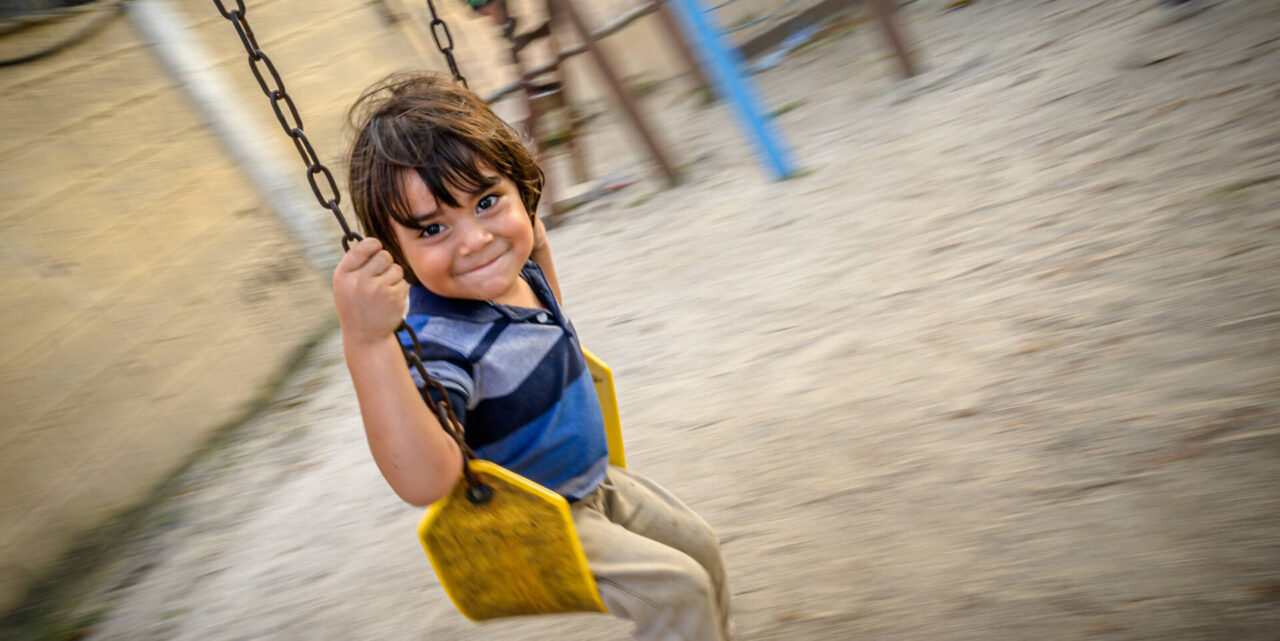
Understanding and tackling the roots of poverty
As a child-focused organization, World Vision understands children play a crucial role in ending poverty around the world. Our development approach empowers children, families, local communities, and partners to tackle the underlying causes, ensuring lasting change and brighter prospects for everyone.
We work closely with communities to identify unique solutions for each context. We’ve also expanded our focus to the world’s toughest places, where the most vulnerable children increasingly live. By 2030, it’s estimated that 50% of the world’s extremely poor will live in these challenging areas.
As one of the largest Christian humanitarian organizations globally, World Vision has staff in nearly 100 countries. Our staff is mainly from the communities we serve, which helps us establish trust and develop long-term relationships with local partners. World Vision’s integrated community development model allows us to address the root causes of poverty and create meaningful change.
Our work includes four main steps:
-
- Listen: We follow Jesus’ example of coming alongside people and communities and listening to their unique challenges and needs. We engage with children, families, churches, and community leaders to understand what they need to thrive and access clean water, quality education, reliable food supply, basic healthcare, and economic opportunities.
- Develop: After listening to the community’s needs, we collaborate with them to develop action plans that target the root causes of poverty.
- Act: We help the community put the plan into practice by working with their existing leaders and empowering new ones. We bring the community together to address the identified needs. If the action plan isn’t working, we revise it until the community’s needs are met.
- Train: World Vision also trains community members, equipping people with the skills to manage and increase their resources sustainably. When the community has grown healthier, safer, and more self-sustaining, we transition out and move on to the next community in need. This leaves the community more equipped to handle emergencies, making it a better place for children to grow and thrive.
How can I help end extreme poverty?
- Learn more about World Vision’s work.
- Pray with us for World Vision’s work around the world using our Matthew 25 prayer guides.
- Give to help empower communities to create lasting change by donating to the World Vision Fund.
- Sponsor a child to help equip them with access to essentials such as clean water, healthcare, economic opportunity, and quality education. For $39 a month, you’ll help that child and their community thrive.
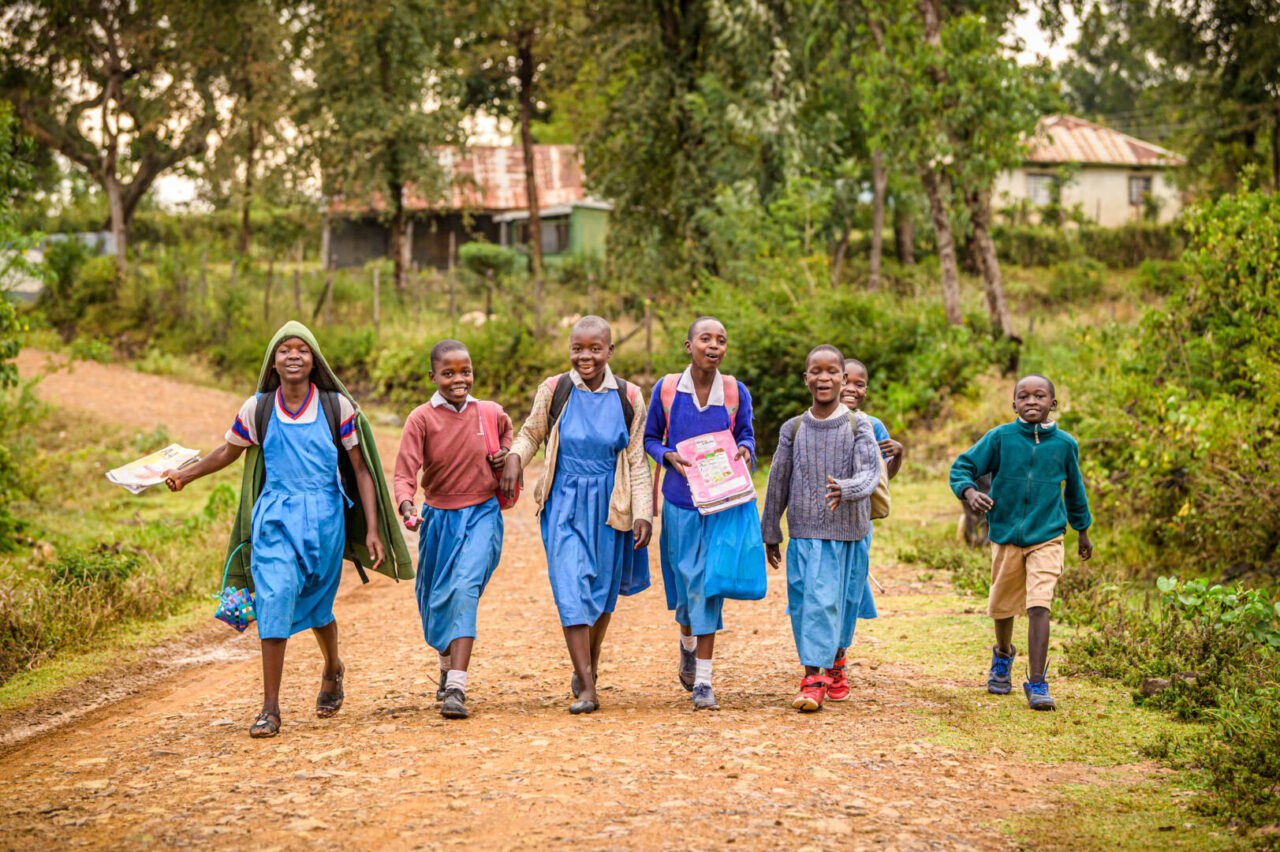
Eradication of poverty: Timeline
1820: The vast majority of the world lived in extreme poverty 200 years ago. Only a small, elite segment enjoyed higher standards of living.
1945: Following World War II, representatives of 50 countries signed the U.N. Charter, which acknowledged that maintaining peace is connected with improved social development and civil justice.
1964: President Lyndon Johnson declared “war on poverty” in the United States.
1970: The number of people living in extreme poverty peaked at 2.2 billion.
Extreme poverty defined
1981: The World Bank began collecting data on global poverty. Mostly through household surveys, they found that 44% of the world lived in extreme poverty.
1990: The World Bank defined extreme poverty as people living on $1 or less a day. Around 1.89 billion people, or nearly 36% of the world’s population, lived in extreme poverty. Nearly half the population in developing countries lived on less than $1.25 a day.
1992: The U.N. adopted Agenda 21, committing to work together to combat global poverty using country-specific solutions.
1995: The United Nations brought together the largest gathering of world leaders until then, at the World Summit for Social Development, where leaders wrote the Copenhagen Declaration as a pledge to eradicate poverty.
1997: The U.N. General Assembly declared the First U.N. Decade for Eradication of Poverty from 1997 to 2006, taking the commitment from the Copenhagen Declaration and putting it into action.
Millennium Development Goals
2000: All 191 United Nations member states signed the Millennium Development Goals, eight goals to achieve by 2015, including reducing extreme poverty rates — then calculated as people living on less than $1 a day — by half.
2008: The World Bank re-established the international poverty line as people living on $1.25 a day, using 2005 prices for the cost of living. U.N. leaders declared the Second U.N. Decade for Eradication of Poverty from 2008 to 2017, expanding on the success of the first decade and focusing on jobs and income generation to combat poverty.
2010: The Millennium Development Goal of reducing the 1990 extreme poverty rate by half achieved five years earlier than expected
2012: The U.N. General Assembly adopted a new resolution about the future they want, recognizing that “eradicating poverty is the greatest global challenge facing the world today.”
2015: The World Bank raised the international poverty line from $1.25 a day to $1.90, based on 2011 prices for the cost of living. Also, United Nations member states adopted the Sustainable Development Goals, which include goals to end poverty and hunger in all their forms.
Impacts of COVID-19 pandemic
2021: The COVID-19 pandemic pushed an additional 97 million people into extreme poverty, according to World Bank estimates.
2022: The World Bank updated the global poverty line from $1.90 to $2.15 per day.
2023: About 9.2% of the world’s population, or approximately 719 million people, are living on a daily income of less than $2.15.
Sevil Omer of World Vision’s U.S. staff contributed to this article.
